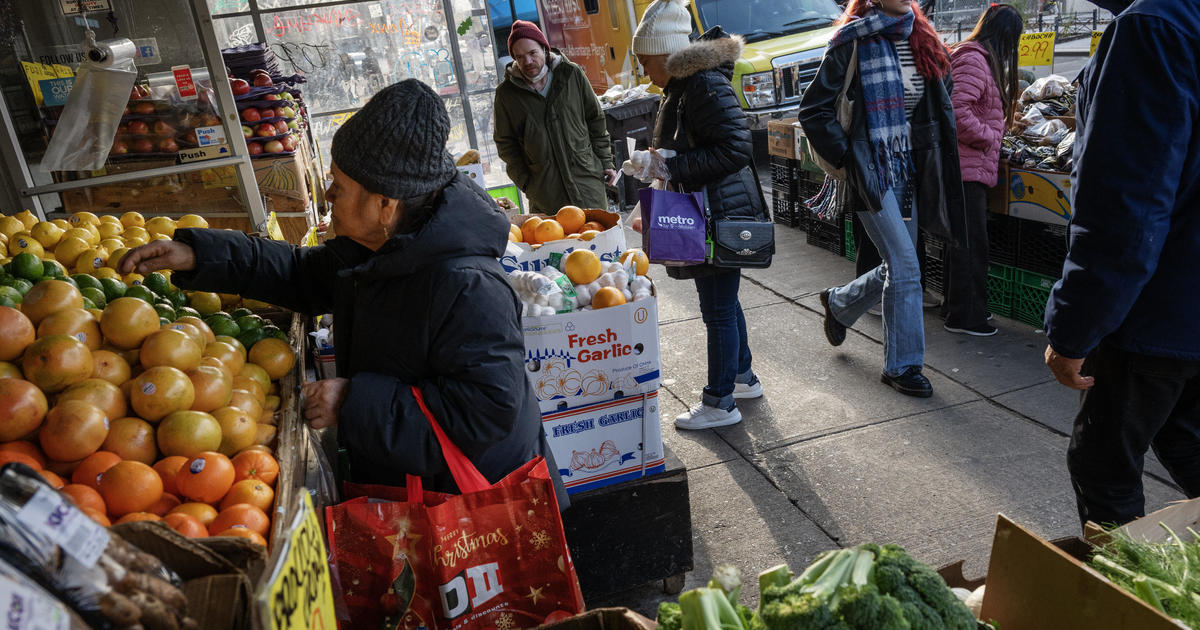Half of Americans are “shut off from economic growth”
Even after accounting for the occasional recession and slowdown, America’s economy has greatly expanded since the days of disco.
Despite that growth, however, half of Americans have failed to share in the country’s economic gains since the 1970s, with roughly 117 million American adults living on income that’s stagnated at about $16,200 per year before taxes and transfer payments, according to new research from economists Thomas Piketty, Emmanuel Saez and Gabriel Zucman.
The findings help explain the sharp divisions in America’s growing, yet increasingly unequal, economy, with previous research from Saez and Zucman finding that the riches of the country’s top 1 percent had reached the type of dizzying heights only previously seen in the era of “The Great Gatsby”and the Gilded Age. The economists called the income stagnation experienced by the bottom 50 percent of Americans as “the most striking development in the U.S. economy over the last decades.”
“The bottom half of the adult population has thus been shut off from economic growth for over 40 years, and the paltry increase in their disposable income has been absorbed by increased health spending,” the authors wrote in their paper.
In 1980, income for the top 1 percent of adults stood at 27 times that of the bottom half. In dollar terms, the richest 1 percent made $428,000 adjusted for 2014 dollars, compared with about $16,000 for the bottom half. By 2014, the richest Americans made 81 times that of the bottom half, or about $1.3 million to $16,000 per year.
What can explain the widening disparity, especially given the government’s investment in programs such as the Earned Income Credit? The reason, the economists note, is partly due to the increasing importance of capital in building wealth, rather than income. It’s a theory that Piketty proposed in his surprise 2014 best-seller, “Capital in the Twenty-First Century,” which posited that the rate of return on capital, such as stocks or real estate, is outpacing that of economic growth.
Americans who don’t have the financial resources to invest in capital, such as those in the bottom 50 percent, are losing out as a result, while the investments of the 1 percent have added to their value, helping bolster their wealth.
“The upsurge of top incomes was first a labor income phenomenon but has mostly been a capital income phenomenon since 2000,” the economists wrote.
About one-third of U.S. national income is redistributed through taxes, government transfers and public spending. Those policies “have prevented post-tax inequality to return all the way to pre-New Deal levels” but haven’t been able to make much of a dent in the overall trend.
One headwind for middle- and low-income Americans is the tax system, which the economists said has grown less progressive over the last few decades. When one accounts for all taxes, ranging from federal income tax to local sales tax, the poor are today paying more, while the rich are paying less.
In 1950, the top 1 percent of earners paid about 40 to 45 percent of their pre-tax incomes in taxes; today they pay 30 to 35 percent of pre-tax incomes to the tax man. The reverse is true for the bottom 50 percent, the researchers note. In the 1950s, the bottom half paid no more than 20 percent, while today are paying about 25 percent of their income in taxes.
One bright spot is how transfers have helped the middle-class grow their income, especially thanks to tax credits. Without those benefits, middle-class income would have declined 10 percent between 2007 to 2009 -- or during the recession -- instead of the 4 percent that middle-class Americans suffered, the researchers found.
“By contrast, given the collapse in their pre-tax income, transfers have not been sufficient to enable bottom 50 percent incomes to grow significantly,” the paper notes.
Still, other economists have pointed to wages as contributing to widening income inequality, with the left-leaning Economic Policy Institute arguing that wage growth is key for evening out income disparities. While the federal minimum wage remains mired at $7.25 an hour, labor activists are successfully championing ballot measures and legislation at the state and municipal levels to boost the baseline wages locally.
Managerial and professional workers are increasingly grabbing a bigger share of income, according to Matthew P. Drennan in his 2015 book “Income Inequality: Why It Matters and Why Most Economists Didn’t Notice.” In 1929, the top 1 percent took home 8.7 percent of the country’s income; by 2011, that had increased to 11 percent.
What could help boost the fortunes of the bottom half of Americans? Improved education, labor market reforms including a higher minimum wage and corporate governance, and “steeply progressive taxation,” the Piketty and his co-authors noted.
Under the Trump administration, it’s unclear if any of those reforms would occur, although his choice as Treasury secretary, Steve Mnuchin, has vowed there will be “no absolute tax cut” for the rich.



